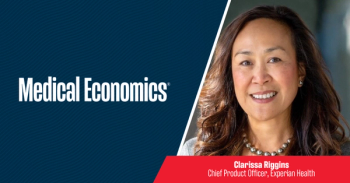
Are EHR-generated emails a driver of physician burnout?
Reducing the number of e-mails doctors get due to EHR-generated algorithms could help improve physician job satisfaction and combat
The study looks at the sources of in-basket messages among 934 doctors at a multispecialty healthcare organization, the
It also found that internists and family doctors receive significantly more system-generated messages than other specialists-about 250 percent more than surgeons, 400 percent more than nonprocedural E/M-oriented specialists and 500 percent more than nonsurgical specialists.
The remaining 53 percent of messages came from other care team members, the physician using the EHR (for items such as results of lab tests the physician had ordered) or from patients.
Separately, respondents were asked questions designed to measure burnout, such as whether they felt physicians are highly valued, and how much control they had over their work schedule.
Results of a regression analysis found that receiving more than the average number of system-generated messages led to a 40 percent greater probability of burnout and 38 percent higher probability of intending to reduce their clinical work time in the following year.
The authors note that the connection between the quantity of in-basket messages and burnout could lead healthcare organizations to work with their doctors in rethinking their e-mail response policies and procedures. Employers could, for example, allow e-mails to reach doctors only during work hours, thereby “conveying the message that physicians are so highly valued that the organizations want to protect their private time.”
Similarly, hospital systems could create policies whereby some types of messages, such as prescription refill requests, are delegated to
The study, “Physicians’ Well-Being Linked to In-Basket Messages Generated by Algorithms in Electronic Health Records,” appears in the July issue of Health Affairs.
Newsletter
Stay informed and empowered with Medical Economics enewsletter, delivering expert insights, financial strategies, practice management tips and technology trends — tailored for today’s physicians.



















